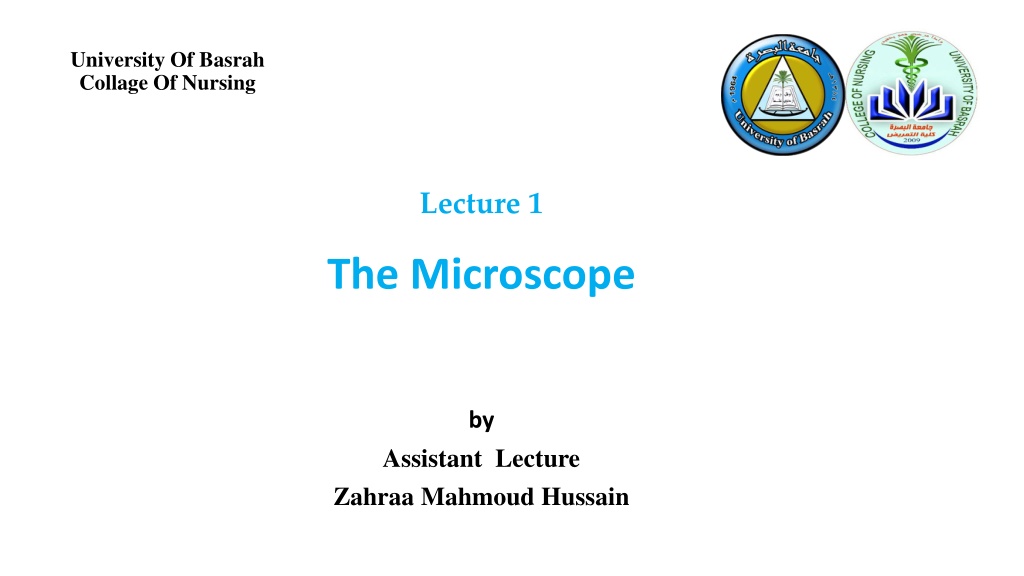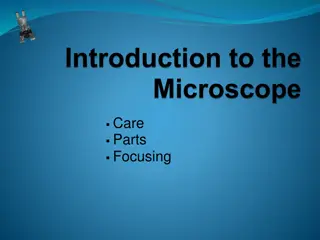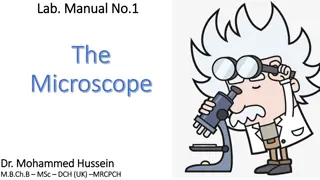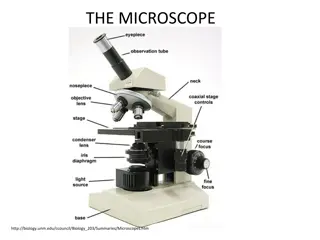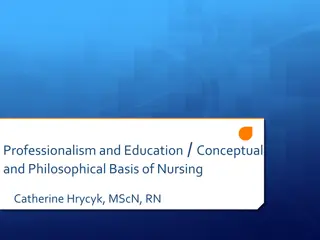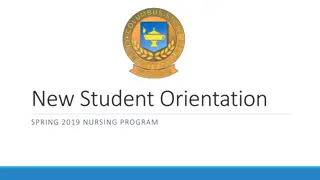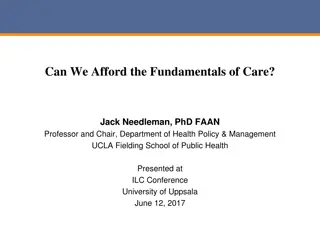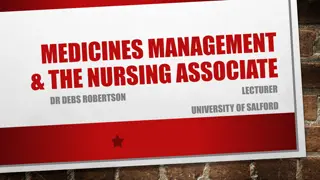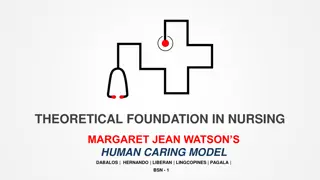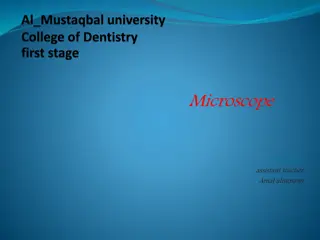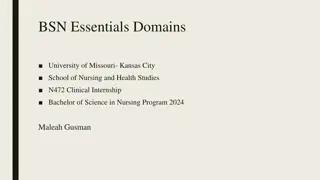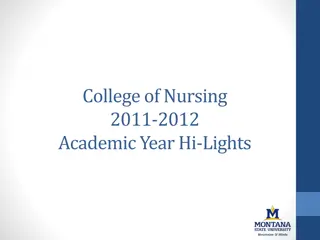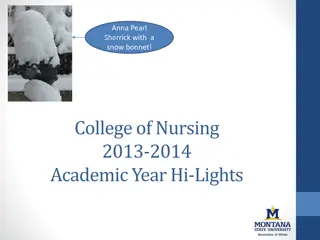Understanding the Microscope in Nursing Education
Explore the significance of the microscope in the field of nursing education through this lecture by Assistant Lecture Zahraa Mahmoud Hussain at the University of Basrah College of Nursing. Learn about the types of microscopes, their common uses in medical and life sciences, and the essential parts of a compound microscope. Enhance your knowledge of how microscopes play a crucial role in physiology, histology, and microbiology studies. Appreciate the detailed insight into the microscopic world and its applications in healthcare and research.
Download Presentation

Please find below an Image/Link to download the presentation.
The content on the website is provided AS IS for your information and personal use only. It may not be sold, licensed, or shared on other websites without obtaining consent from the author. Download presentation by click this link. If you encounter any issues during the download, it is possible that the publisher has removed the file from their server.
E N D
Presentation Transcript
University Of Basrah Collage Of Nursing Lecture 1 The Microscope by Assistant Lecture Zahraa Mahmoud Hussain
The Microscope It is a scientific equipment that magnifies very small objects that is not visible to the naked eye to an extent where it can be seen clearly. Microscope Micro= Small Scope= To look
Common Type Of Microscope 1. Simple Microscope: has one optical lens. 2. Compound Microscope: it has two lenses objectives and ocular, it is used visible light as source of illumination. 3. Dark-field microscope. 4. Electron microscope: it used flow of electron insteated of light. 5. Fluorescence Microscope: use ultraviolet light.
Uses Of Microscope The microscope is one of the most commonly used instruments in the medical and life sciences colleges, and in clinical laboratories. Physiology: in the study of morphology of blood cells and in counting their numbers. Histology: histopathology and tissue analysis. Microbiology: to study various type of bacteria, parasite and fungi.
Part Of Compound Microscope 1. Arm: carry the microscope and supports lenses. 2. Base. 3. Course Focusing Knob (Coarse adjustment screw). 4. Fine Focusing Knob (Fine adjustment screw). 5. Illuminator. 6. Numerical Aperture or Objective Lens. ( the closest to the specimen) 7. Ocular Lens. ( the closest to the eye) 8. Stage.
Thank you for listening
